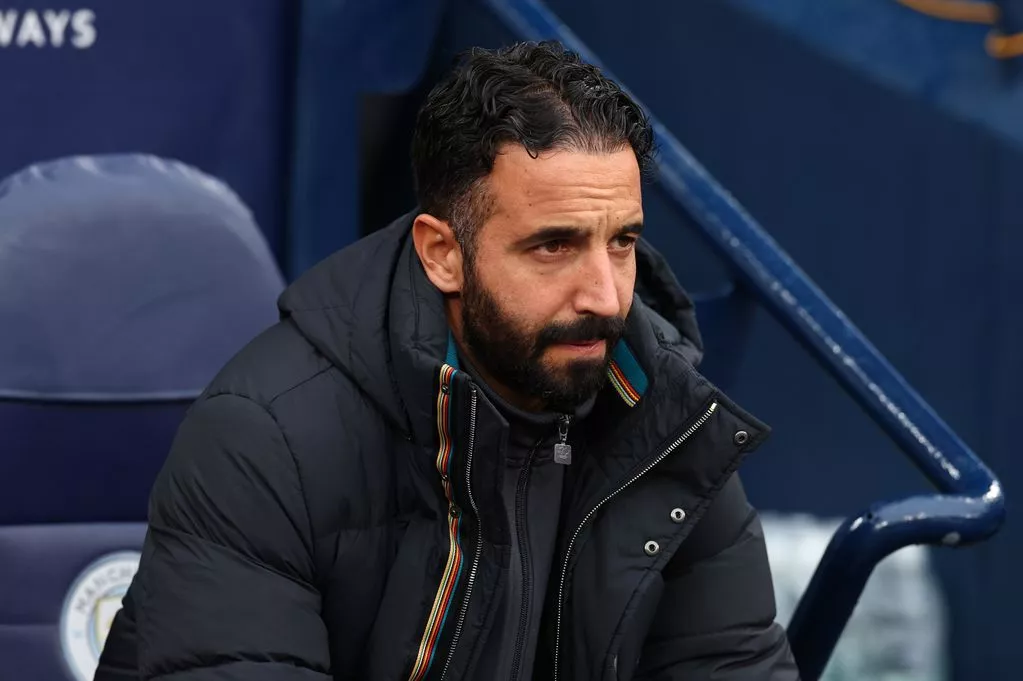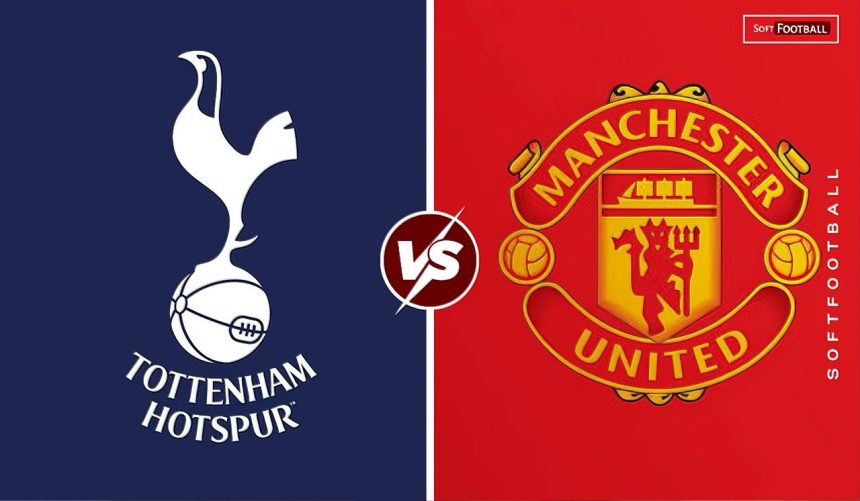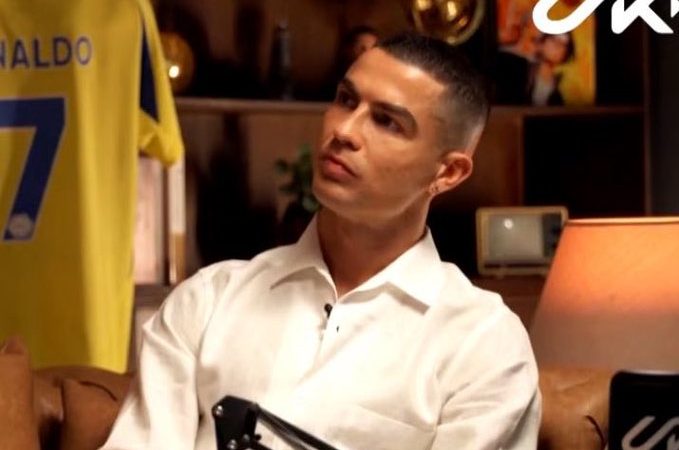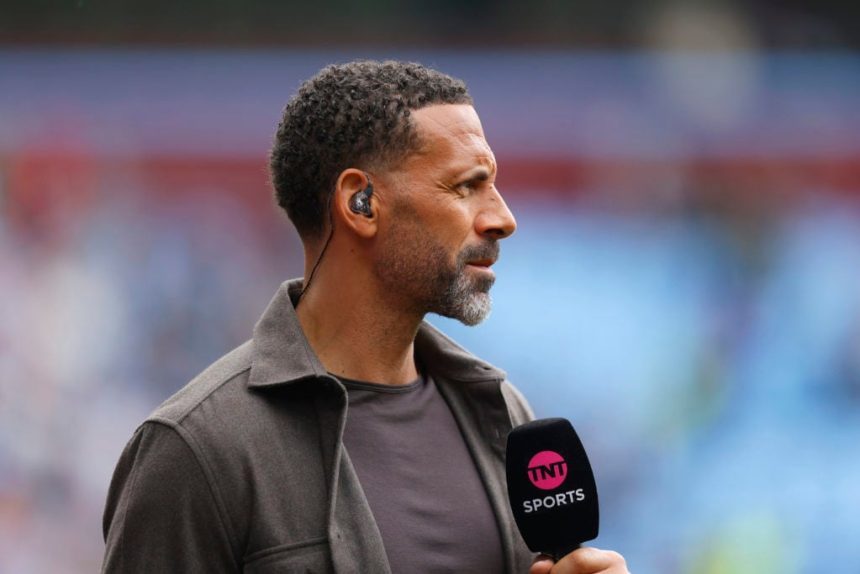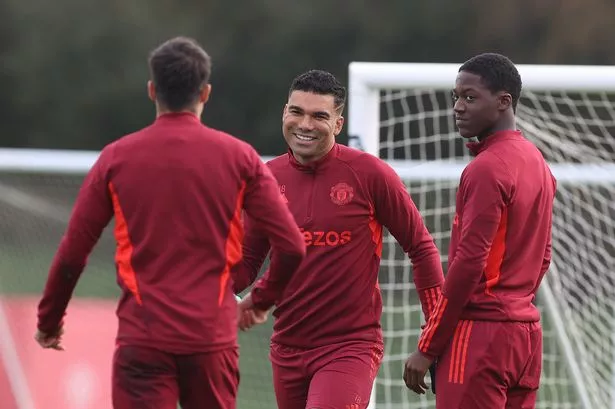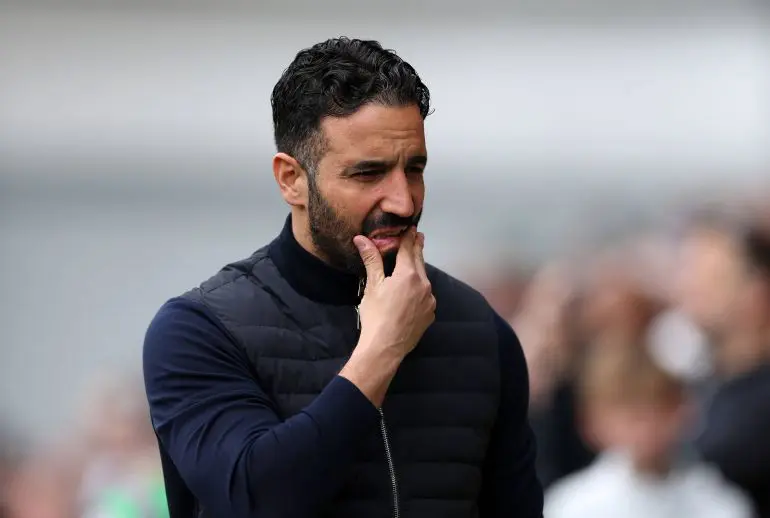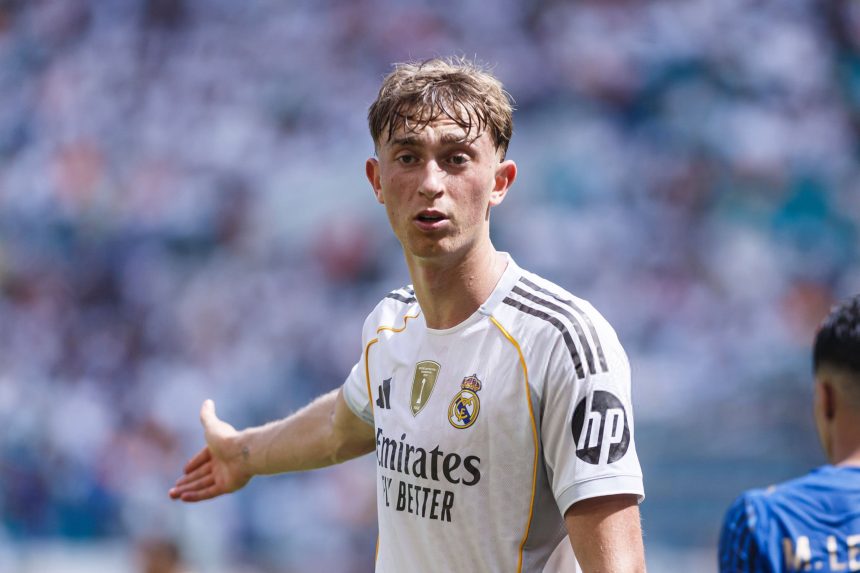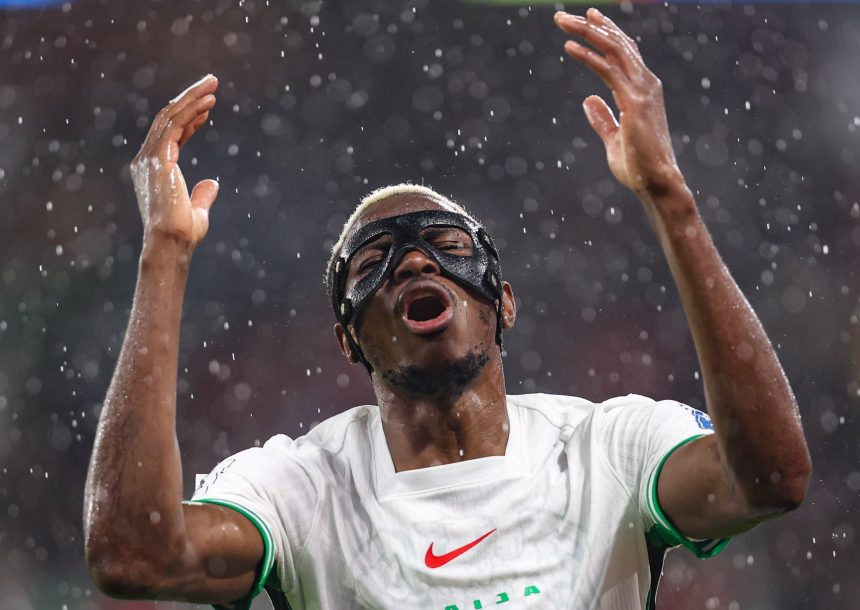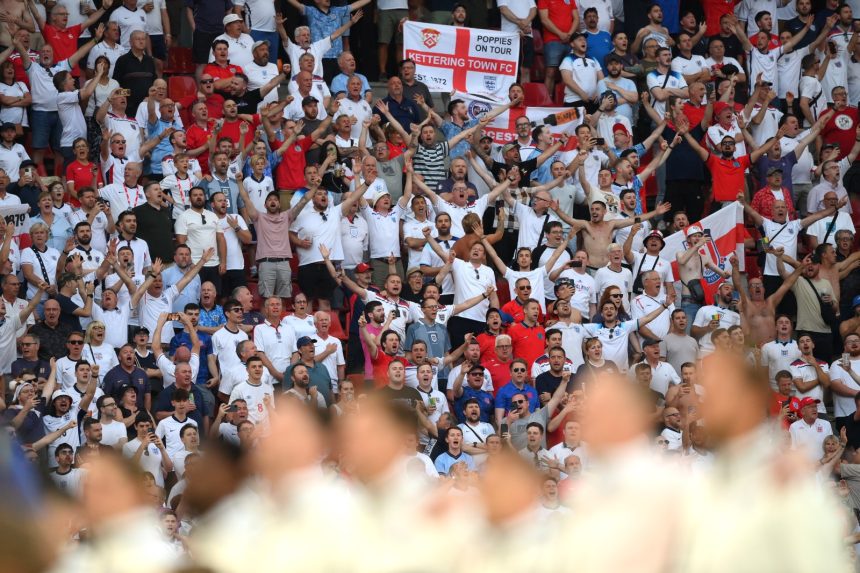Manchester United’s defeat to Brighton has renewed scrutiny over the team’s tactical identity, with manager Ruben Amorim facing growing pressure to define a clear direction. Despite criticism aimed at individual players such as Onana, Garnacho, and Dalot, analysts insist the core issue lies in the team’s structure — one that remains undefined and unstable.
Softfootball had previously analysed Amorim’s tactics, particularly against Mikel Arteta’s Arsenal side, highlighting that a high work rate is essential for the success of the coordinated pressing strategy Amorim employs against such teams.
Against Brighton’s 4-2-3-1, United lined up in a 3-4-3 with Maguire, Lindelöf, and Yoro at the back, and Mazraoui drifting into midfield. During buildup, Amorim attempted to morph the shape into a 4-2-4 and later a 3-2-5, pushing full-backs into advanced zones while Bruno Fernandes and others occupied pockets in midfield. But these rotations failed due to one glaring issue: a lack of intensity in the press.
United repeatedly lost the ball high up the pitch with no coordinated effort to recover it leading to a 3:1 loss to brighton. While Amad Diallo tracked back tirelessly, most of the supporting cast jogged rather than sprinted — leaving huge spaces for Brighton to exploit. Whether in attack or defense, the distances between United’s lines were too large, creating easy passing lanes for Brighton to bypass pressure.
Defensively, Amorim’s attempts to organise the team into a 5-4-1 block were undone by personnel unsuited to such a system. Unlike Antonio Conte’s rigid defensive sides, United neither possess the discipline nor the physical profile required to sit deep and counter. At the same time, they lack the pressing cohesion and ball retention needed to play possession football.
The highlight of the match between United and Brighton is shown below:
Brighton repeatedly baited United out of their structure, drawing midfielders forward and exploiting the resulting gaps. The goals conceded — many stemming from poor rest defense — highlighted United’s vulnerability in transition and inability to protect central spaces.
The deeper problem remains philosophical:
- Are Manchester United a possession team?
- A counterattacking side?
- A defensive block?
Amorim has yet to commit to one identity, and the squad is not built to hybridise multiple styles. Playing with five defenders restricts attacking threat, but even with added numbers at the back, United still concede clear chances.
Fans, too, complicate the situation — demanding modern, possession-based football, while the current squad lacks both the profile and discipline to execute it. Without a defined approach, United continue to appear open, vulnerable, and easily manipulated by opponents who pass confidently through pressure.
Amorim faces a crucial decision: redefine the shape, overhaul the tactical approach, or risk further disorganisation as opponents exploit United’s lack of clarity.


